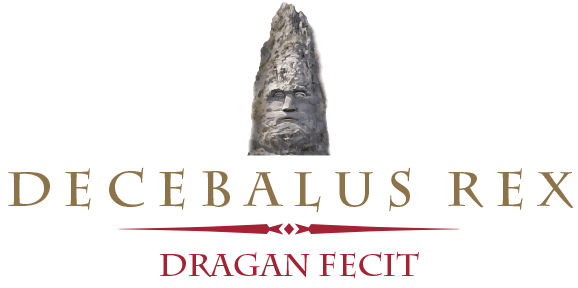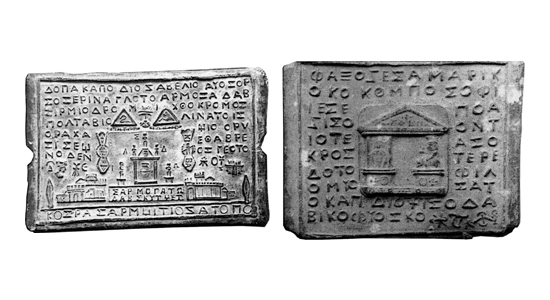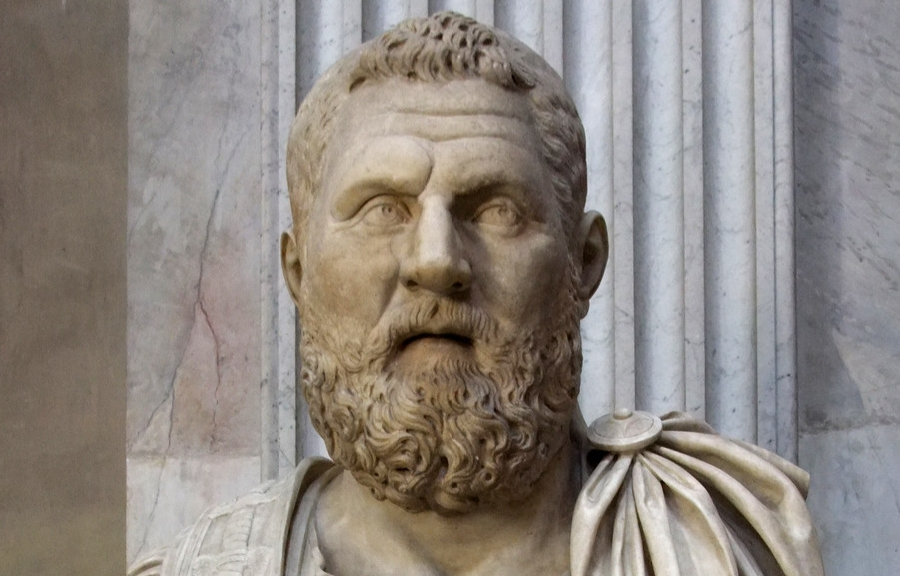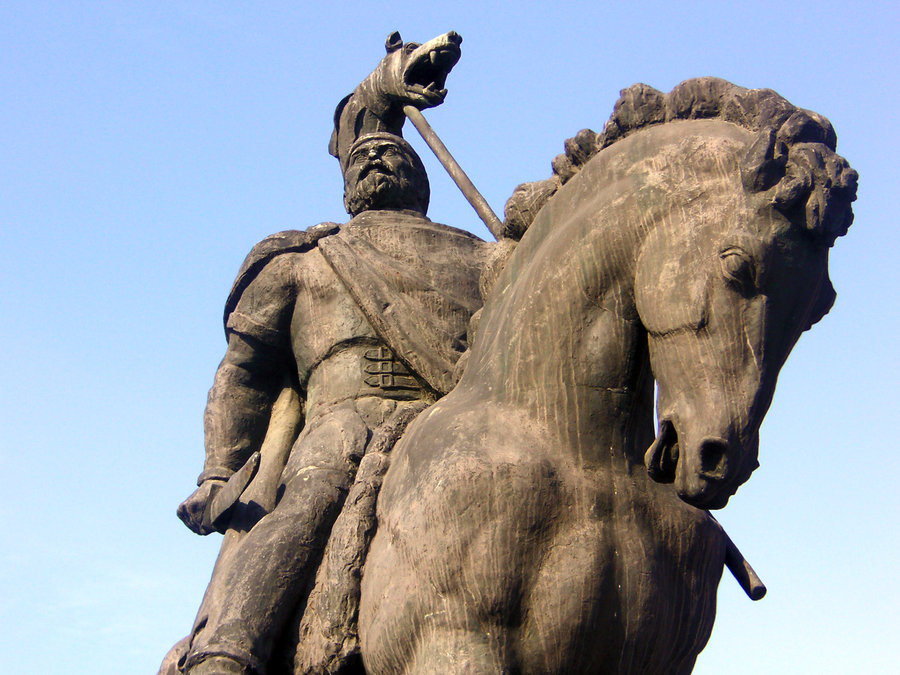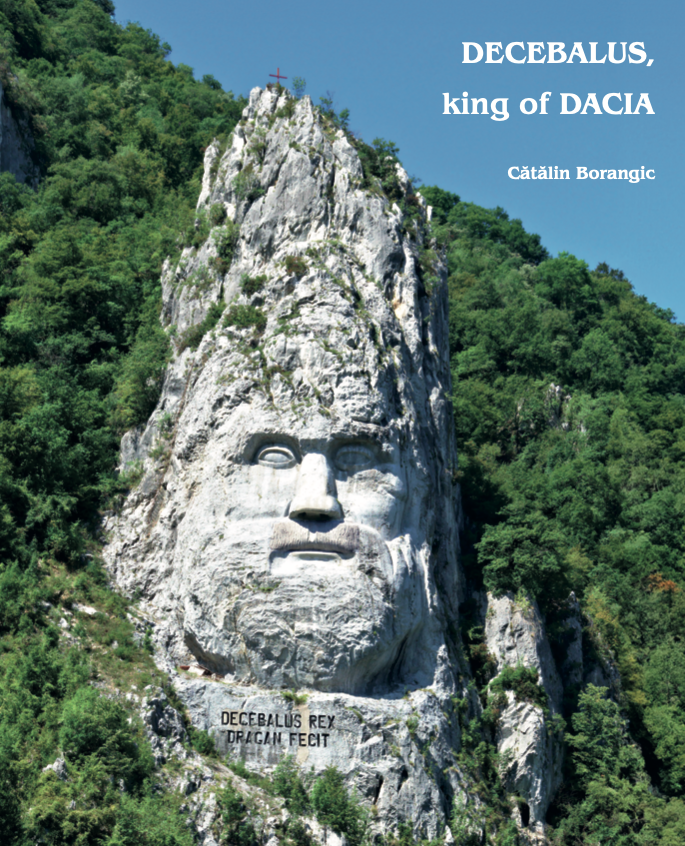Dacia – year 106 AD. The war between the Dacians and the Romans was coming to an end. The Dacians, led by King Decebalus, offered a heroic resistance. The emperor of Rome, Trajan had mobilized the entire army of the empire to ensure victory. He wanted to get hold of Dacian gold, and above all eliminate the threat posed by the Dacians and their allies on the eastern border.
The last fortification of the Dacians, the citadel in the Orastiei Mountains, fell into the hands of the enemy. Despite the fierce resistance, Sarmisegetusa was besieged and conquered. Some of its defenders, including Decebalus, managed to leave the stronghold and decided to continue the resistance against the Romans within the country. Pursued by the Roman cavalry, Decebalus committed suicide, preferring to die rather than be captured alive by his enemies. His name remained in history and became a legend!
